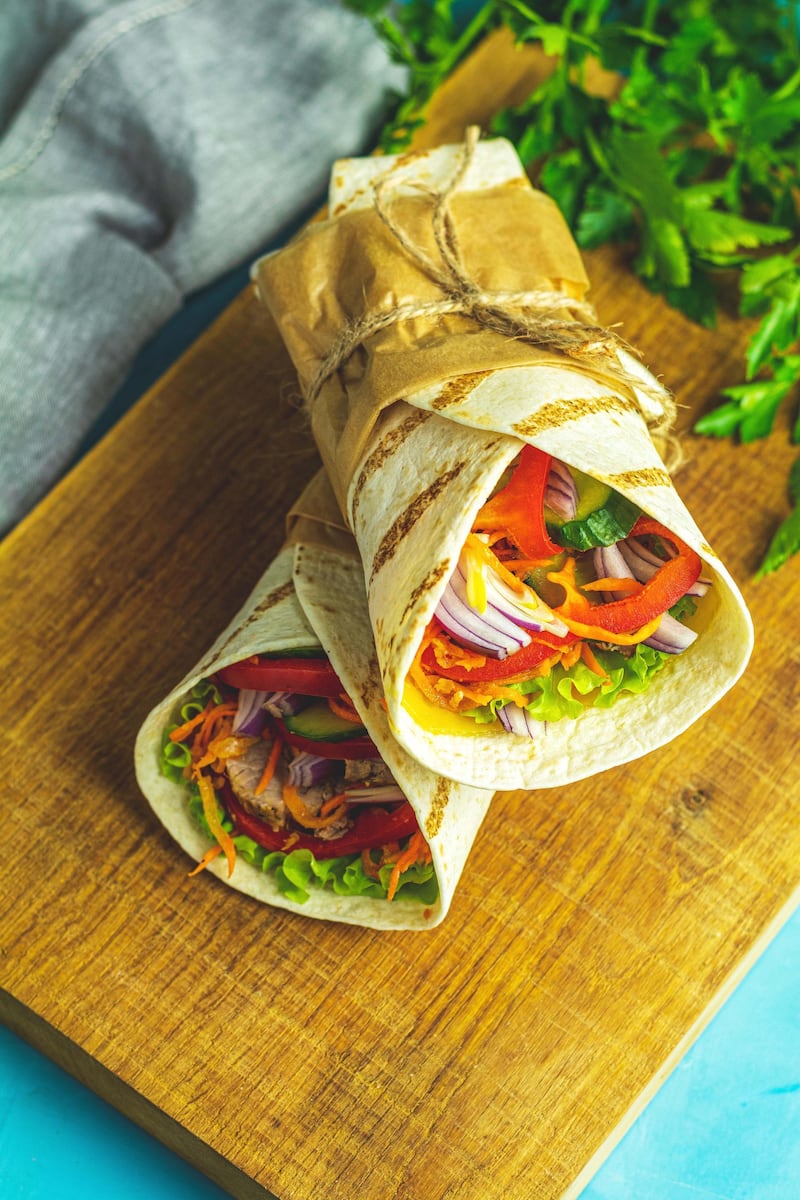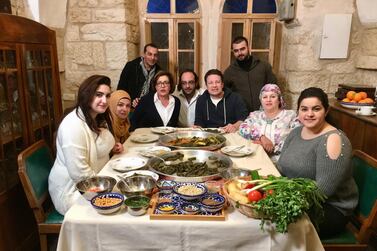From Tresind and Farzi Cafe to All'Onda, Tamba and 99 Sushi, "fusion" restaurants continue to pop up throughout the UAE. However, while it's one of the key trends advertised by modern restaurants, fusion cuisine is nothing new. In fact, fusion is the basis of most popular cuisines.
Founder of fusion: Wolfgang Puck
Chef Wolfgang Puck, who runs Santa Monica restaurant Chinois, is credited as being the founder of the trend. The California eatery opened in 1983 and featured Asian ingredients prepared using traditional French cooking methods.
"I started the East meets West fusion trend out on the West Coast with Chinois," Puck says. "I don't believe they would have taken so well to it in New York. But after the success of Chinois they were able to justify the opening of China Grill in Manhattan."
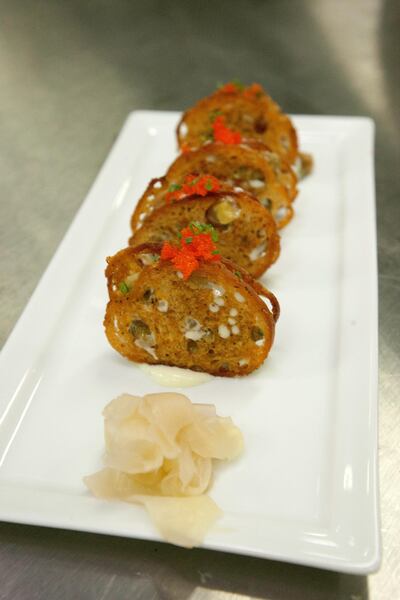
Chef Nobu takes over
A few years later, Japanese chef Nobu Matsuhisa, who had been running a sushi bar in Peru, applied Latin American influences to his eponymous Beverly Hills restaurant. By doing so, he set a new standard for sushi and gave us the renowned miso-marinated black cod.
These days, stumbling upon an unusual combination of ingredients is what dictates a season's "it" dish, from wasabi mashed potatoes to ramen burgers. Experimentation is hugely encouraged because, who knows, perhaps you'll create something that helps you stand out in an increasingly competitive market, or that makes your place, or you, famous. In 2013, in New York, French pastry chef Dominique Ansel created the cronut – a croissant-doughnut hybrid – and queues formed around the block.
Tresind leads the way in Dubai
In the UAE, Tresind Studio in Dubai has been leading the charge for high-end fusion dining.
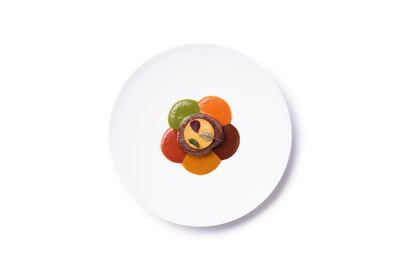
A portmanteau of "tres" – French for very – and "Indian", it applies French techniques to Indian cooking for a truly delicious tasting menu. "It's difficult to combine two ancient cuisines," says Tresind head chef Himanshu Saini, who is of Indian heritage and trained in French cooking. "The best possible way is to find the common ground for both in terms of flavour, technique and ingredients."
Even within a specific cuisine, such as Indian, most menus now are a mix. "Doing just a regional-centric menu is difficult to pull off in a city like Dubai," Saini says. "But serving a mix of dishes from different parts of India doesn't dilute the cuisine as long as the authenticity of flavours is maintained."
Asian food a big draw
Likewise, chef Yang Tao of Zhen Wei at Caesars Palace Bluewaters Dubai, says the merging of Asian cuisines is a way to broaden the appeal. "Quite often, Asian flavours such as Chinese, Korean, Indonesian, Japanese and Thai become a foundation for fusing South American, French, American and many more styles of cooking, which has helped to widen the global reach and attraction," he says. "The reason Asian fusion cuisine has created a buzz worldwide is due to its wide range of flavours, styles of cooking and the ability to blend with other cuisines."
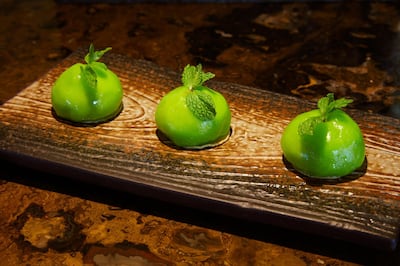
Tao explains that one way to make fusion work is to preserve the traditional ways of cooking authentic dishes, using classic ingredients and then reimagine the presentation. "We make classic dim sum adding modern touches with unique shapes and ingredients, like diver scallops, black truffles and caviar, but retain classics like Peking duck along with other items being prepared the traditional way in the woks."
The chicken tikka masala controversy
While Puck may be credited as the father of fusion, an increase in global travel and trade is the major reason for the rise of fusion cuisine and many of the dishes we now consider to be culinary staples are a result of this. In 2011, a Poultry World survey revealed that chicken tikka masala was the most popular dish in the UK, where it was served before it ever made it to India. The dish was created in a restaurant in Scotland after a diner complained that his chicken was too dry, with the chef making a sauce from tomato soup and spices to pour on top. The diner loved it, word spread and an institution was born.
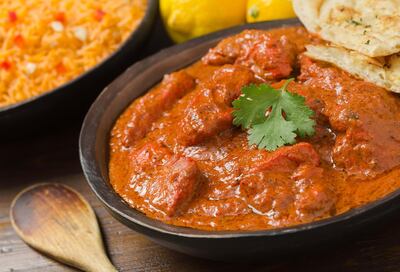
The dish is now regularly used as an illustration of multicultural Britain and how it takes and adapts external influences, or it serves as an example of postcolonial plunder and cultural appropriation – take your pick.
Likewise, the Jamaican patty is a result of the British Empire expanding to that part of the world and introducing the Cornish pasty, with Indian workers in the Caribbean adding curry and cumin, as well as the local Scotch bonnet pepper. Elsewhere, the tomato – a key ingredient for margherita pizzas and many other Italian dishes – only arrived in Naples in the late 16th century, after the Spanish colonised the Americas.
Pasta is from the Arab world? As is the taco...
And while the story goes that Marco Polo introduced pasta to Italy from China – which was actually the result of an advertising campaign – it was Arabs who brought in pasta via the Emirate of Sicily in the ninth century. Coffee made its way to Europe via the Arabian Peninsula, while the famous tacos al pastor were created in Puebla, Mexico, during the 1930s by Lebanese immigrants who introduced the region to the classic shawarma. Many of the great dishes in Mexican street food can be traced back to the shawarma.
In many ways, the UAE is full of people who create their own fusion meals every weekend with our ubiquitous international brunches. There, on the plates of the buffet grazers, the lion roll lies next to the lamb – alongside many other things that probably shouldn't be on the same plate.
Intentional fusion, though, is fast becoming the norm as we become world-wise diners, consuming an increasingly global cuisine. What we are seeing is the continuation of a process that started centuries ago. It's a little more pronounced and consciously fusion, with the odd standout dish, but these days it's actually more difficult to find something that is not a result of mixed cultures.
